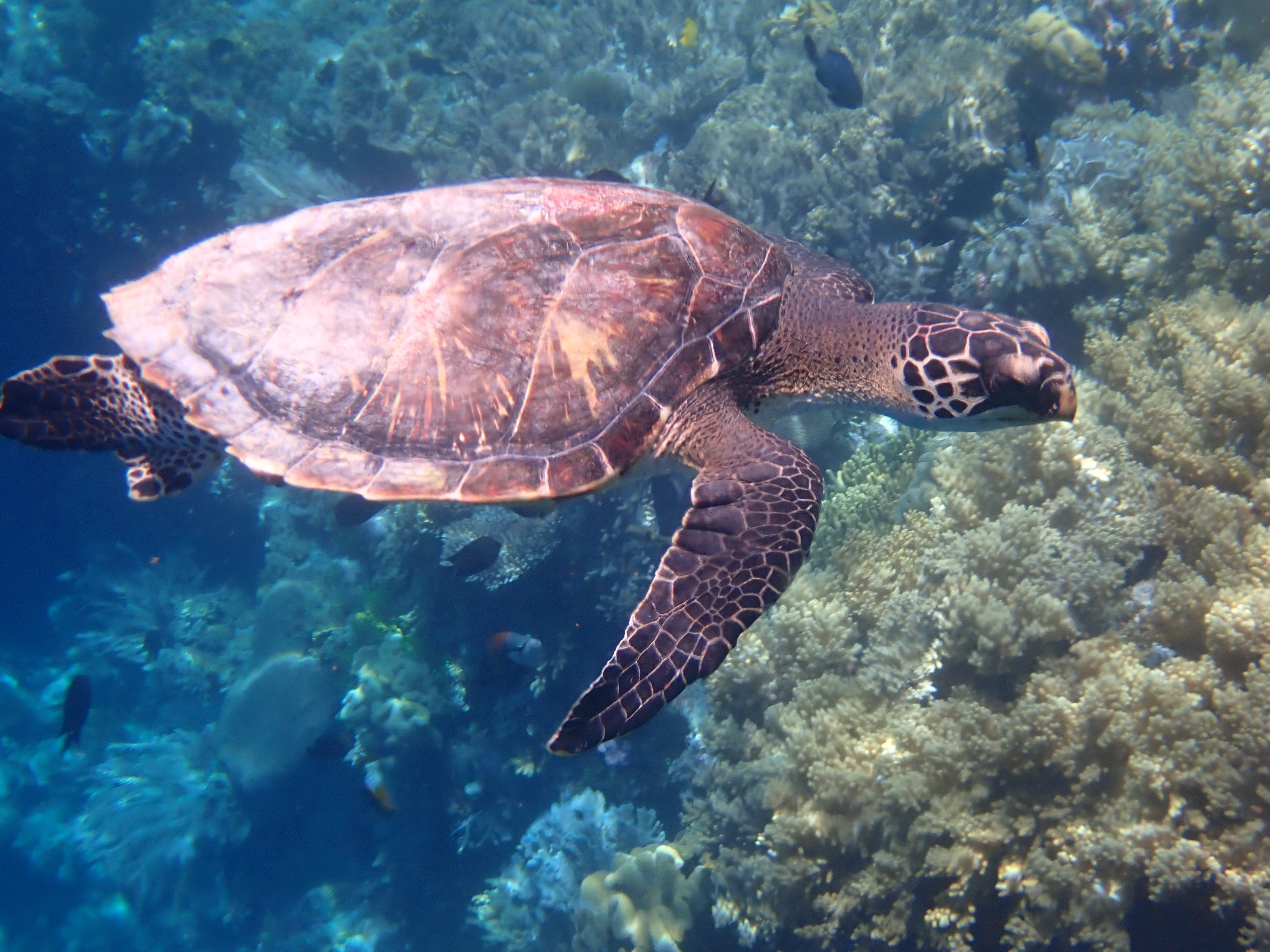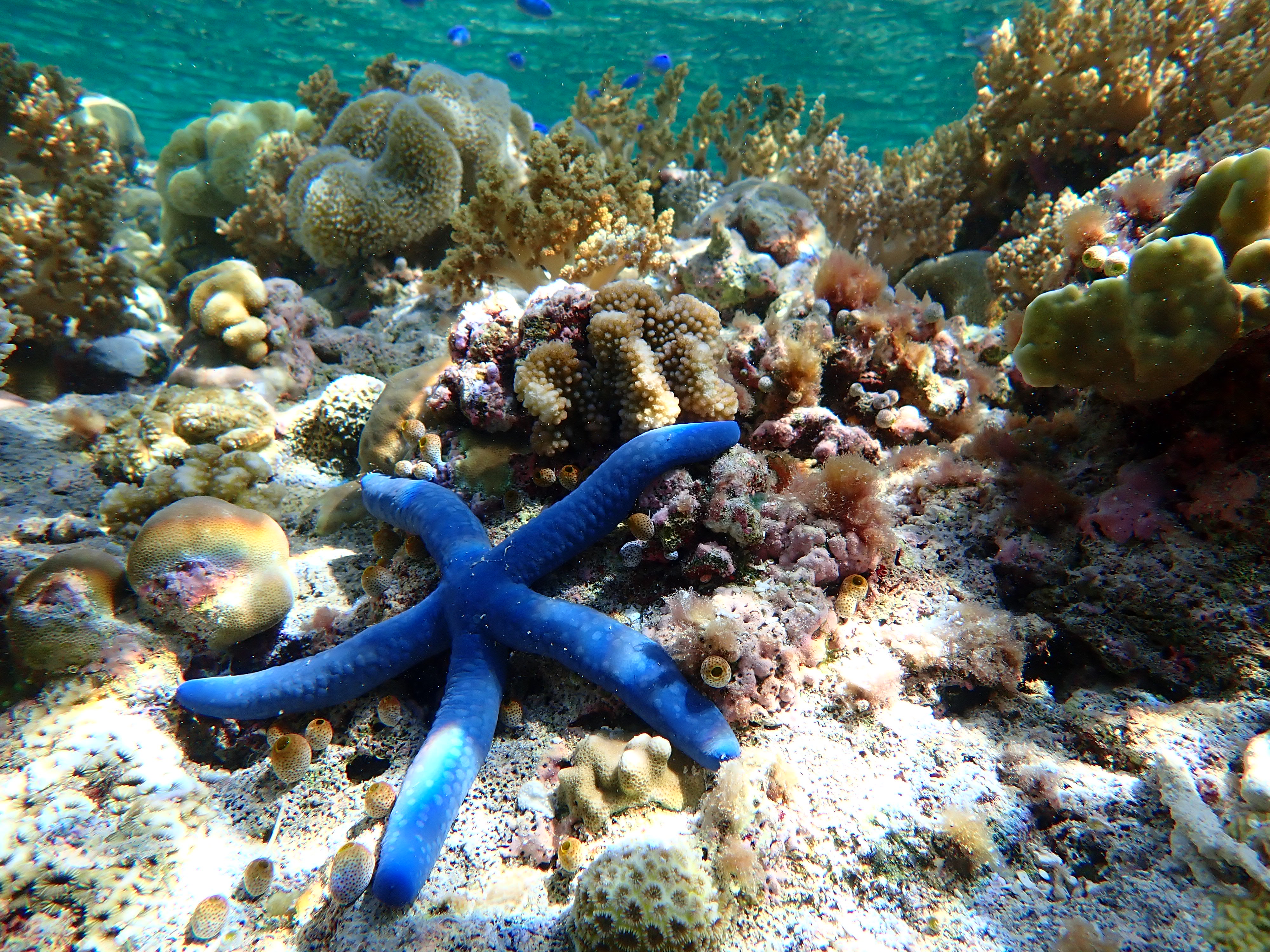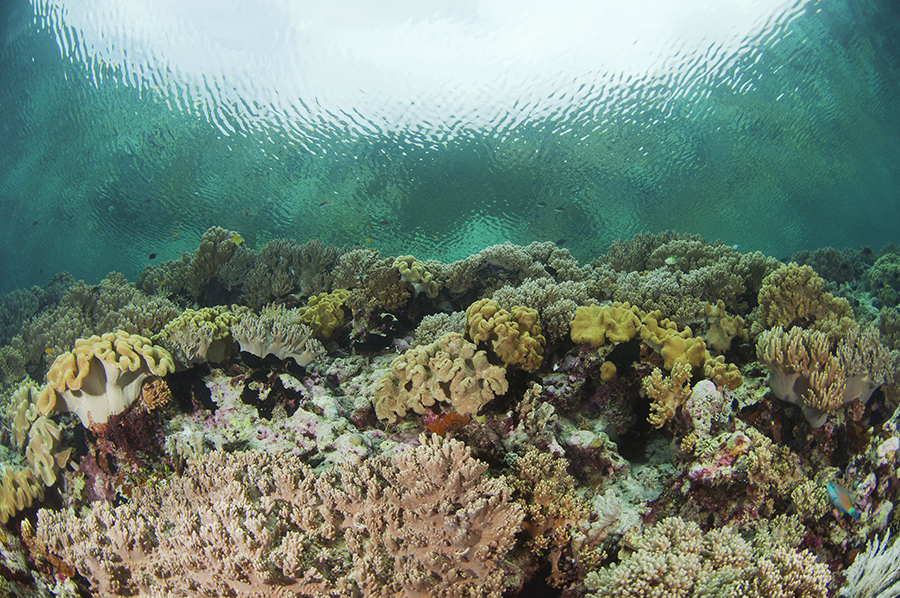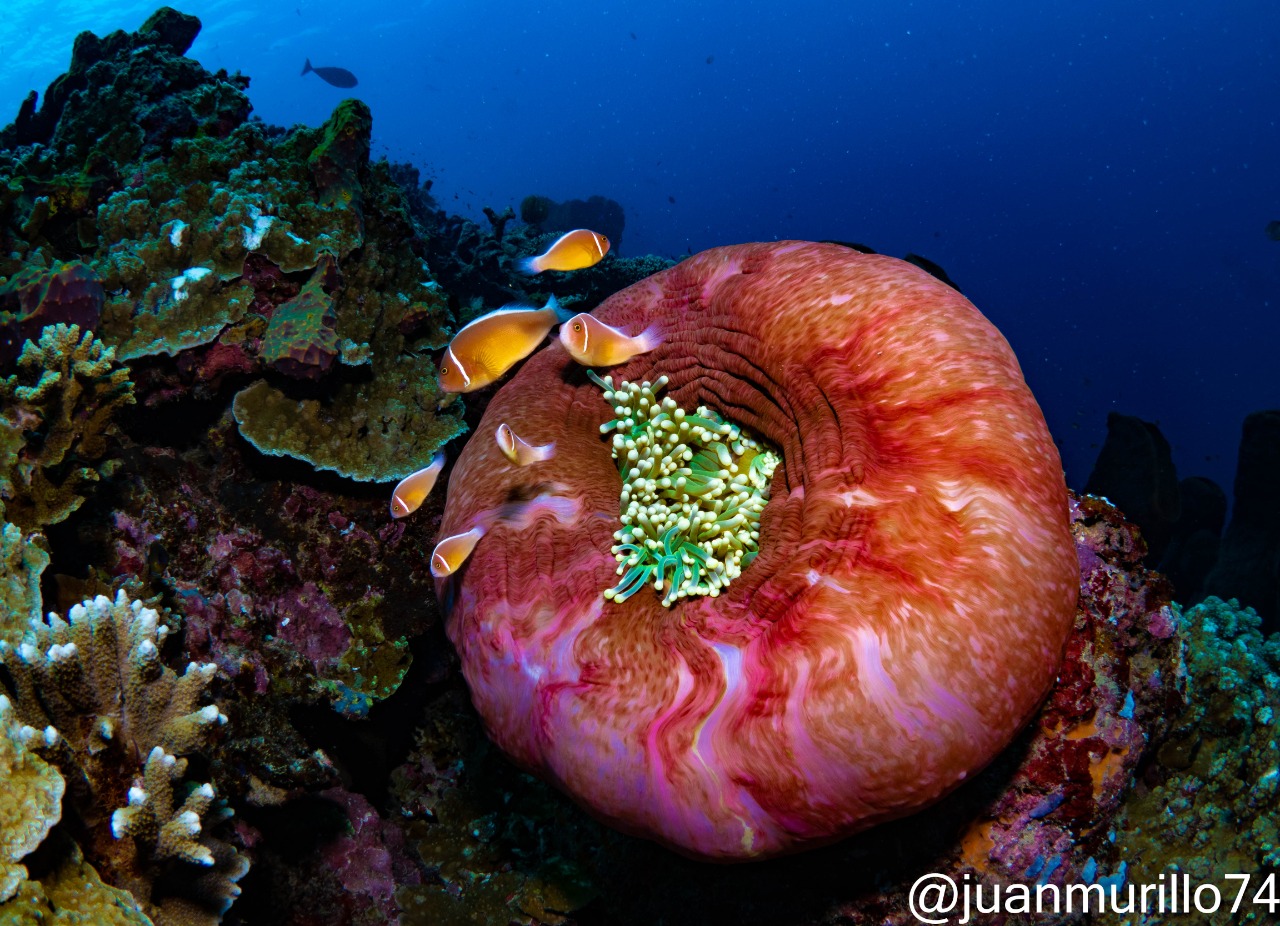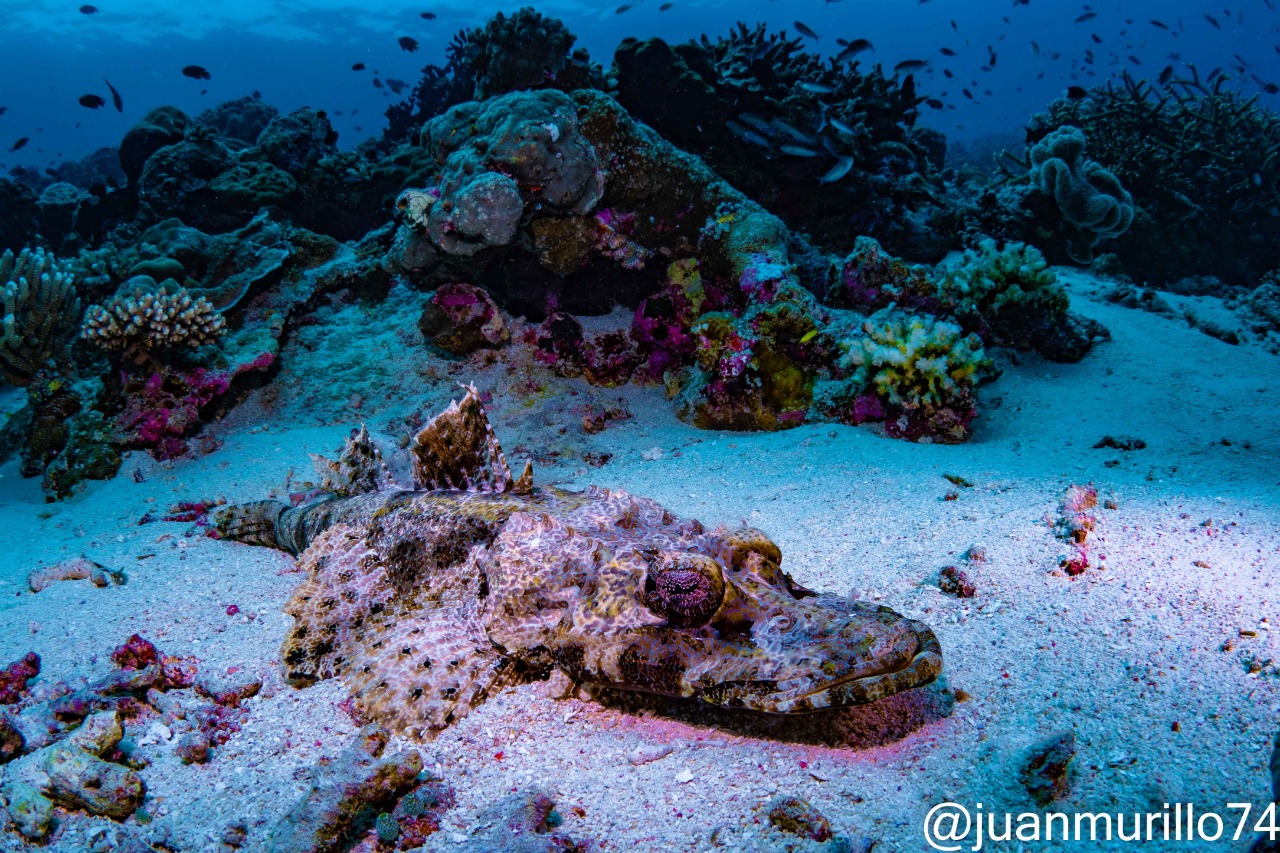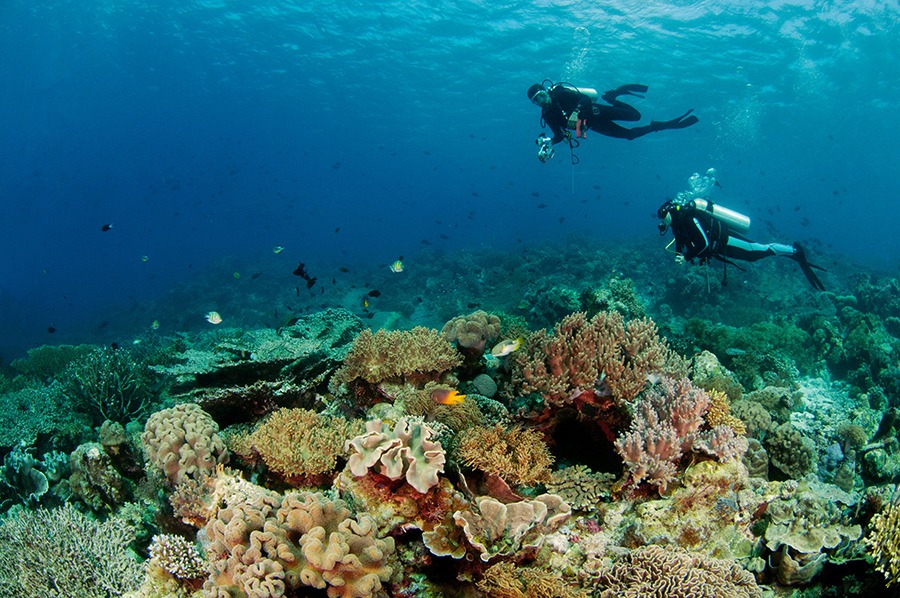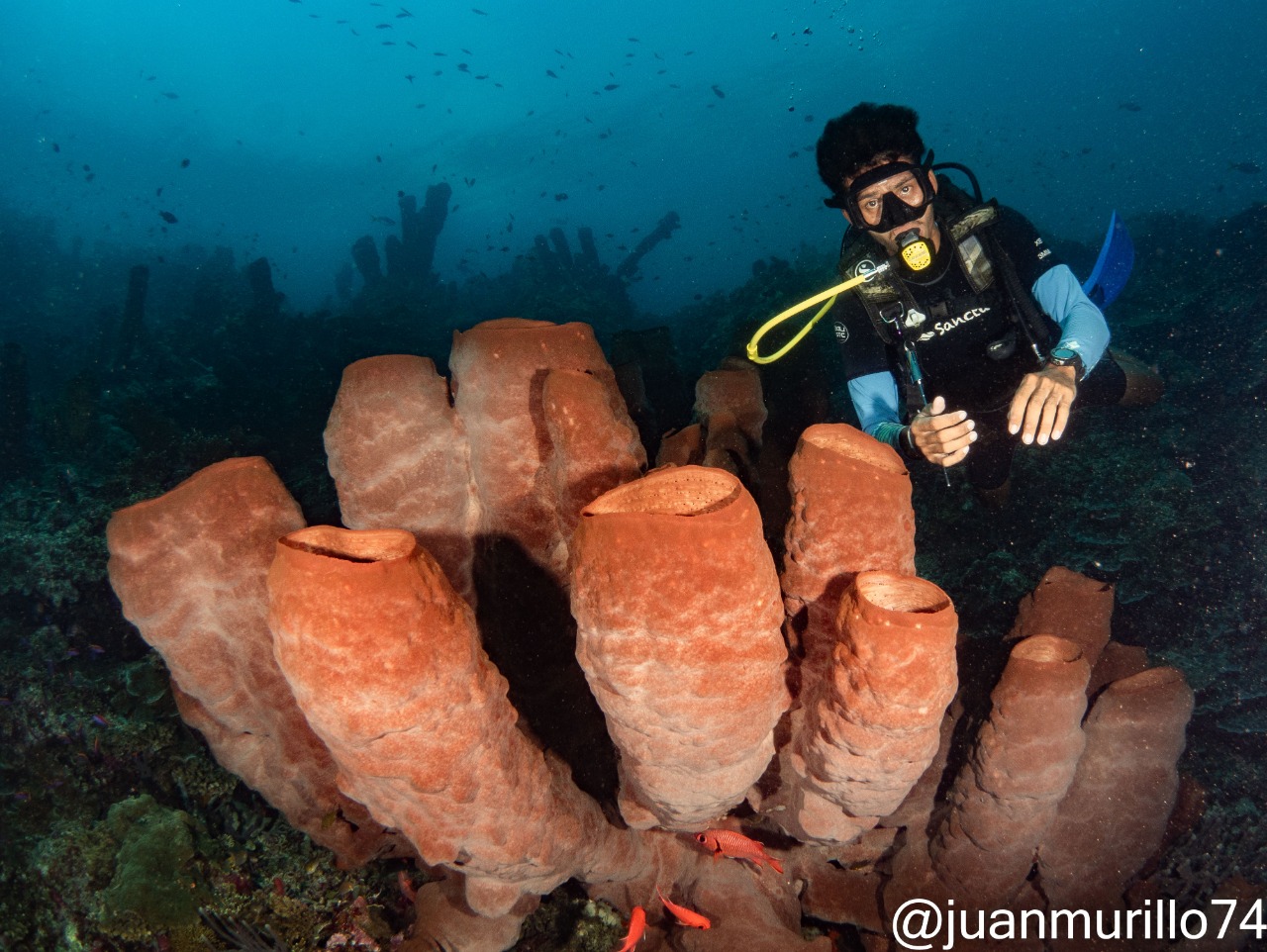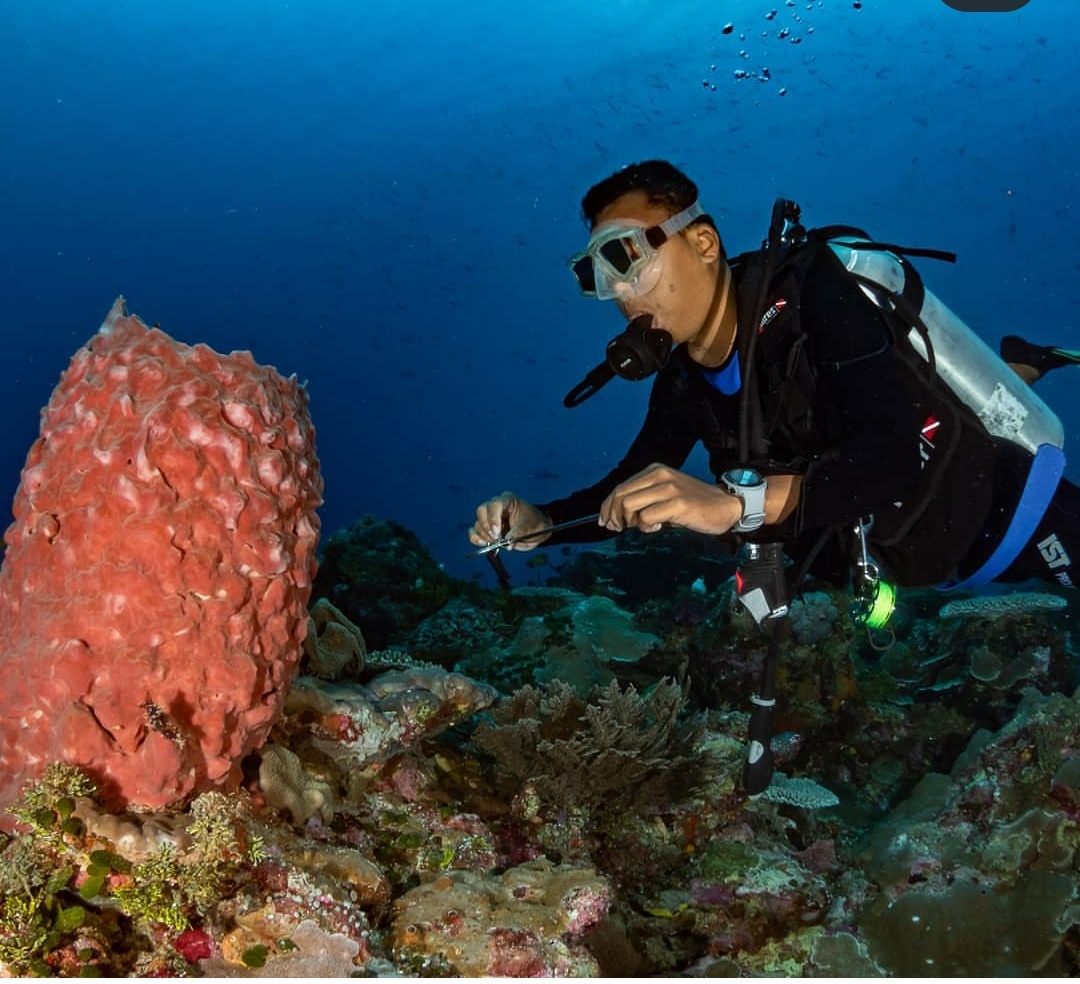DIVING EXPERIENCES
General Information about Wakatobi
- Wakatobi National Park was established in 2002 and covers an expansive 1.39 million hectares, divided into five distinct zones. The core zone, situated on Moromaho Island, is strictly preserved and off-limits to tourists to safeguard its pristine environment and biological resources. The rehabilitation zone serves as a protected area to replenish fish stocks and other resources. Tourism zones cater to visitor activities while also prohibiting resource extraction. The local exploitation zone is designated for community use and is the largest zone in the park. Finally, the general utilization zone, located four miles from coral or islands, facilitates large-scale pelagic fisheries and infrastructure development for the local government.
- Management of the park falls under the jurisdiction of the Wakatobi National Park Authority, operating in accordance with Law No. 5/1990 on the Conservation of Biological, Natural Resources, and Ecosystems. This legislation emphasizes the protection of life support systems, preservation of biodiversity, and sustainable utilization of natural resources and ecosystems. The park was recognized as a tentative World Heritage Site in 2005 and became part of the World Network of Biosphere Reserves in 2012.
- The temperature in Wakatobi remains consistently warm throughout the year, ranging from 26 to 30 degrees Celsius. Air humidity typically hovers between 75% to 85%. Winds are generally mild, with speeds ranging from 2 to 5 knots, blowing from the west during December to March, from the east between June to Augustus, and transitioning in September and April. However, recent years have seen these seasonal patterns becoming less predictable due to the effects of climate change.
- The best time for diving in Tomia Island, Wakatobi, is generally during the dry season, which typically spans from April and May, September till December. During these months, the weather conditions are more favorable, with calm seas. However, it's important to note that diving can be enjoyed year-round in Wakatobi due to its tropical climate. Visibility is whole year good to excellent. Als o because Tomia has no rivers, so no sediment and plastic from the main land wash up into the ocean.
- The best time for diving in Tomia Island, Wakatobi, is generally during the dry season, which typically spans from April and May, September till December. During these months, the weather conditions are more favorable, with calm seas. However, it's important to note that diving can be enjoyed year-round in Wakatobi due to its tropical climate. Visibility is whole year good to excellent. Als o because Tomia has no rivers, so no sediment and plastic from the main land wash up into the ocean.
Diving sites in Tomia Island
Tomia has more than 40 dive sites that have been named and mapped. Dive sites are accessible by boat, the most famous dive sites are the Wreck of Kulati, Roma, Mari Mabuk, Ali Reef and Niko Alu of Kulati.
Are you ready to enjoy Tomia Island underwater?
When preparing for diving in Tomia Island, Wakatobi, there are several essential items and considerations to keep in mind to ensure a safe and enjoyable experience:
- Diving Certification: Ensure you are a certified diver, as most dive operators in Wakatobi require proof of certification before allowing you to dive. If you're not certified, consider completing a certification course before your trip.
- Diving Gear: If you have your own diving equipment, including mask, snorkel, fins, regulator, buoyancy control device (BCD), wetsuit, and dive computer, it's recommended to bring them along. However, if you don't have your own gear, we can help you to have dive equipment.
- Clothing: Pack lightweight, breathable clothing suitable for tropical weather. Quick-drying clothing is ideal, and don't forget to bring swimwear for diving and relaxing on the beach.
- Sun Protection: Bring sunscreen with a high SPF rating to protect your skin from the sun's UV rays, as well as a wide-brimmed hat and sunglasses to shield your face and eyes from direct sunlight.
- Medical Considerations: Ensure you're in good health for diving and consult with a doctor if you have any medical conditions that may affect your ability to dive safely. Some dive operators may require a medical questionnaire or a diving medical certificate before allowing you to dive.
- Travel Insurance: Consider purchasing travel insurance that includes coverage for scuba diving-related accidents and emergencies, including medical evacuation if needed.
- Dive Logbook: Bring your dive logbook to record your dives and log any new experiences or marine life sightings.
- Respect for Marine Life: Remember to practice responsible diving behavior, including respecting marine life and their habitats, avoiding touching or disturbing coral reefs and marine creatures, and following proper buoyancy control techniques to prevent damage to the underwater environment.
By adequately preparing and following these guidelines, you can ensure a safe and enjoyable diving experience in Tomia Island, Wakatobi.

